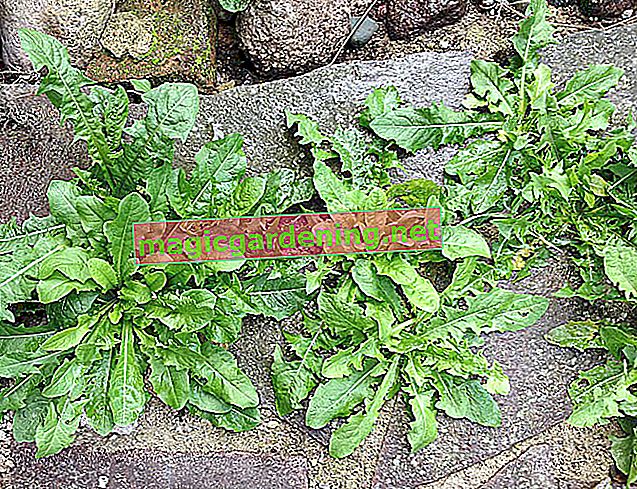
How does the mixture of vinegar and salt work?
The acetic acid draws moisture from the leaves of the plant. This effect is reinforced by the salt, which has an osmotic effect and dries out the leaves of the weed plants. When vinegar and salt penetrate into the soil, the root hairs dry up and the weeds can no longer absorb water.
also read
- This is how you masterfully marinate basil in vinegar, oil and salt
- Killing weeds with salt: a good alternative or prohibited?
- Vinegar Against Weeds: An Green Option?
Which mixing ratio is suitable?
Mix in a spray bottle:
- ¼ liter of water,
- ¼ liter of vinegar,
- 3 tablespoons of table salt,
- 1 drop of detergent.
Stir or shake well until the salt has completely dissolved.
Attention: When using it, you are in a legal gray area
The Plant Protection Act prohibits the use of preparations that are not approved as plant protection products. This also includes the mixture of vinegar and salt, regardless of the mixing ratio.
This is because home remedies are often much more harmful to the environment than tried and tested weed killers from specialist retailers. Salt in particular, which has to be applied in a highly concentrated manner in order to be effective, can seriously damage other plants.
When they penetrate into the soil, the active ingredients not only attack the roots of undesirable weeds, but also those of ornamental and useful plants. With regular use, the substances can accumulate in the soil, so that salt-sensitive plants such as strawberries or rhododendrons no longer thrive at this point.
Where is self-made weed killer allowed?
The use of salt and vinegar on sealed surfaces such as the garage entrance or the garden path is prohibited. Here the agents, regardless of the mixing ratio, cannot be broken down and end up in the groundwater, where they can cause considerable problems in the sewage treatment plant. If you violate this rule, you risk high fines.
You can use salt and vinegar in the lawn or flower bed. However, keep in mind that ornamental and useful plants can also be damaged and use the product with caution for the reasons already mentioned.
What alternatives are there?
First of all, for environmental reasons, it is worthwhile to change your view of the weeds. For example, nettles that have settled in a secluded corner of the garden are a valuable habitat for many insects and butterflies. It may not be necessary to always remove weeds directly.
You can manually remove unwanted greenery that is found in the vegetable patch or in the cracks in the pavement slabs. This work is best done after rain, when the ground is softened.
Weeds can be easily destroyed with heat, for example with gas or electricity-powered devices or simply with hot water. The high-pressure cleaner (€ 85.90 at Amazon *) or electric brush devices also support you in the fight against weeds.
Tips
The life of the soil can be severely disrupted by vinegar and salt. Therefore, if you want to use acetic acid as a herbicide, preferably use appropriate preparations from specialist shops.








